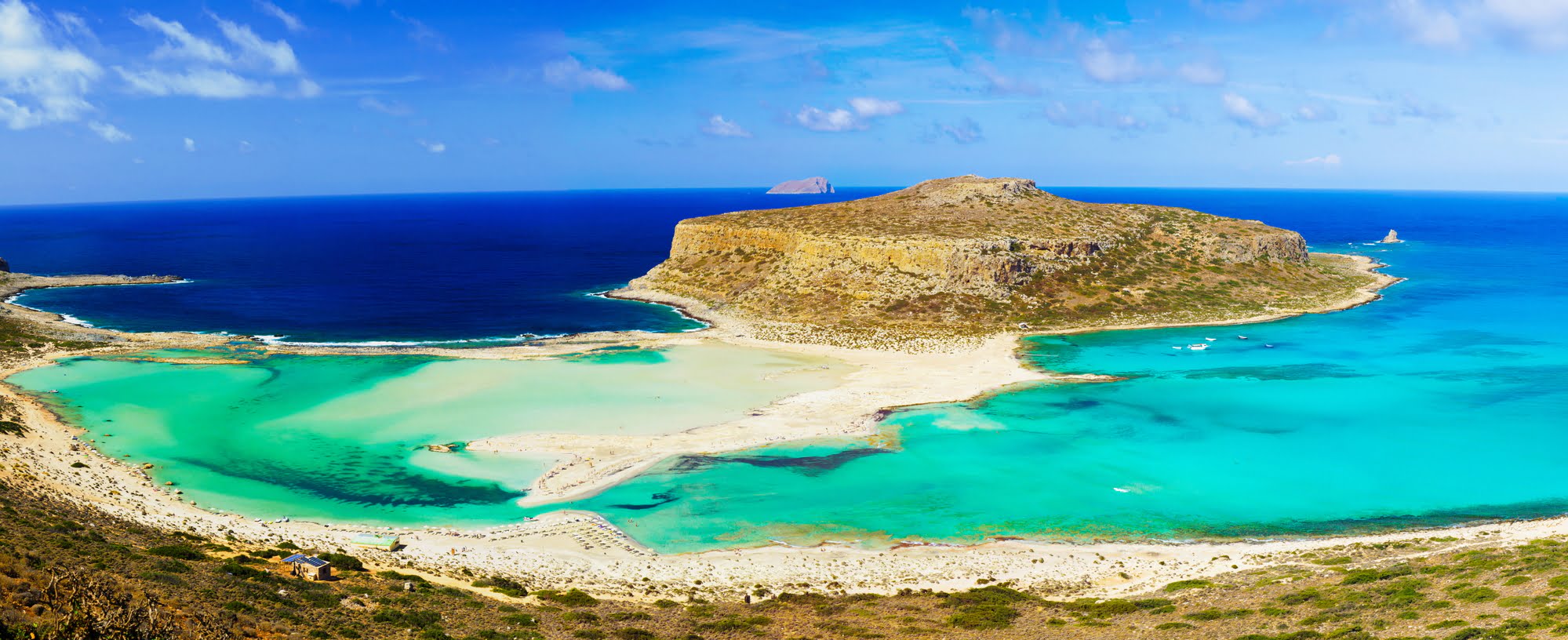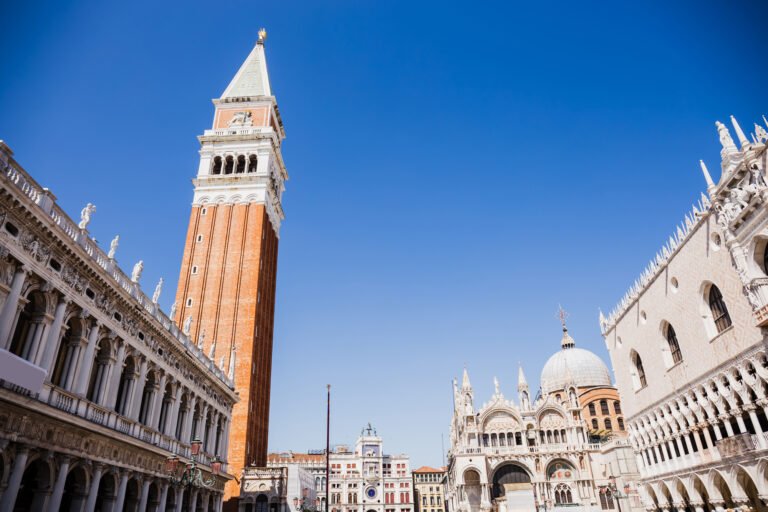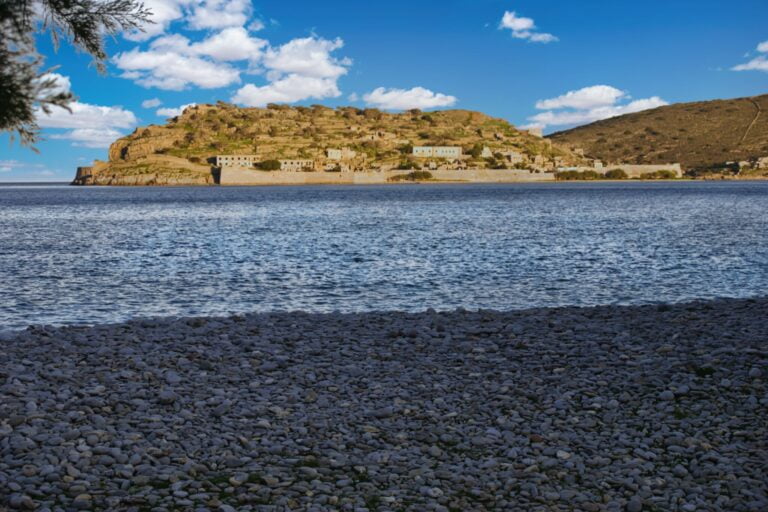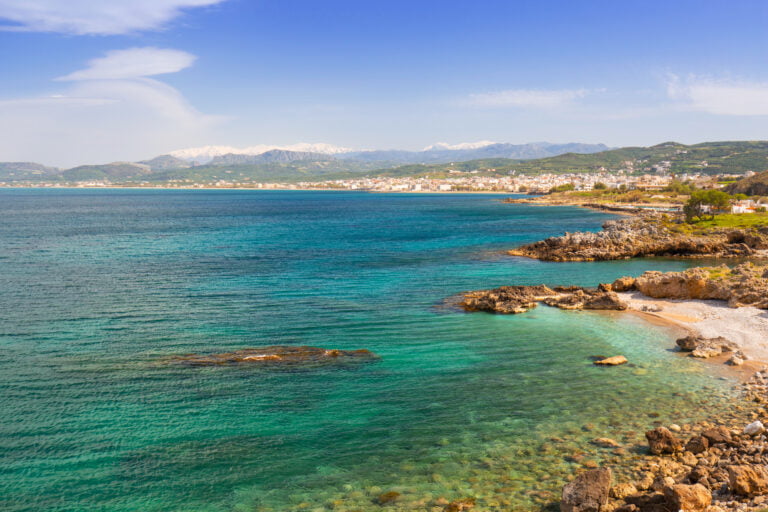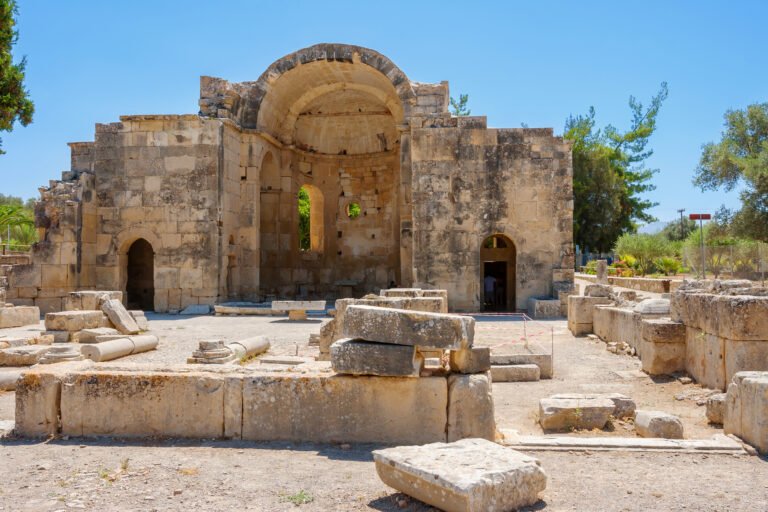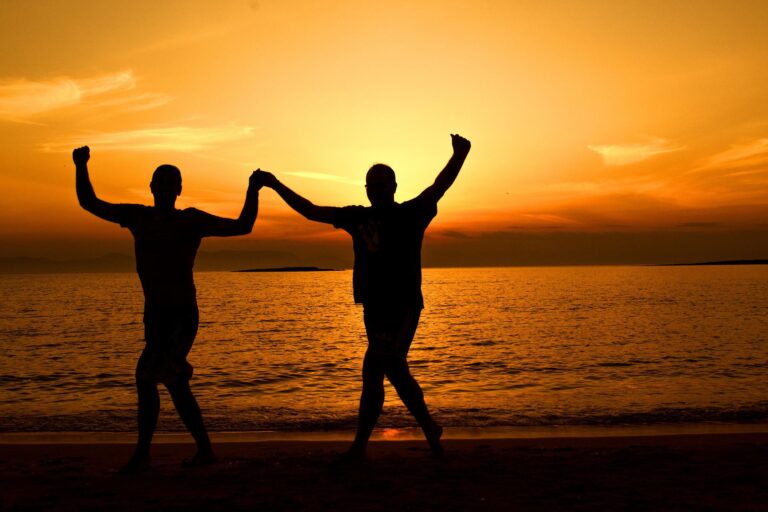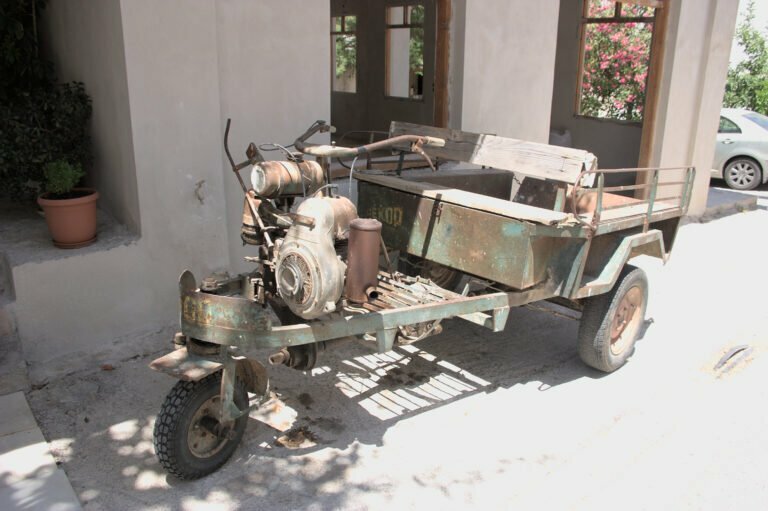The Outstanding Balos Lagoon and Gramvousa Island
Crete, the largest island in Greece, holds many natural wonders, but none as breathtaking as the Balos Lagoon. This hidden gem, nestled between the Gramvousa Peninsula and Cape Tigani, offers a unique blend of natural beauty and rich history.
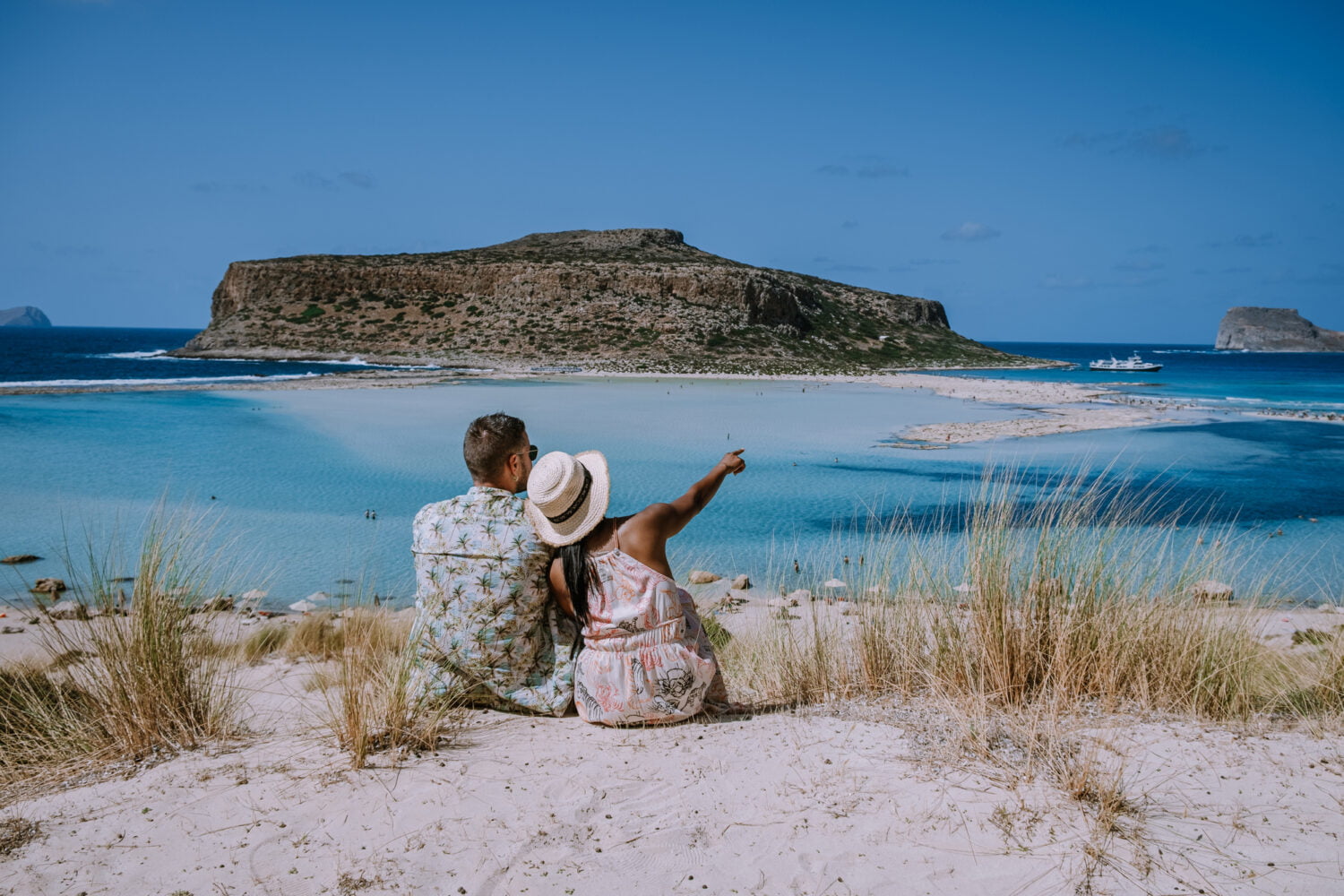
The Journey to Balos Lagoon
Getting to Balos Lagoon is an adventure in itself. Whether you choose to drive or take a boat, the journey offers stunning views of Crete’s rugged landscape. The drive takes you through winding mountain roads, while the boat ride offers a panoramic view of the coastline.
By Land
If you opt to drive, prepare for a challenging but rewarding journey. The road to Balos is a dirt track that winds through the mountains. It’s a bit rough, but the views are worth it. Once you reach the parking lot, a 20-minute walk down a steep path takes you to the lagoon.
By Sea
For a more relaxed journey, take a boat from the port of Kissamos. The boat trip takes about an hour and offers stunning views of the Gramvousa Peninsula. Plus, you’ll get to stop at Gramvousa Island, home to a Venetian castle.
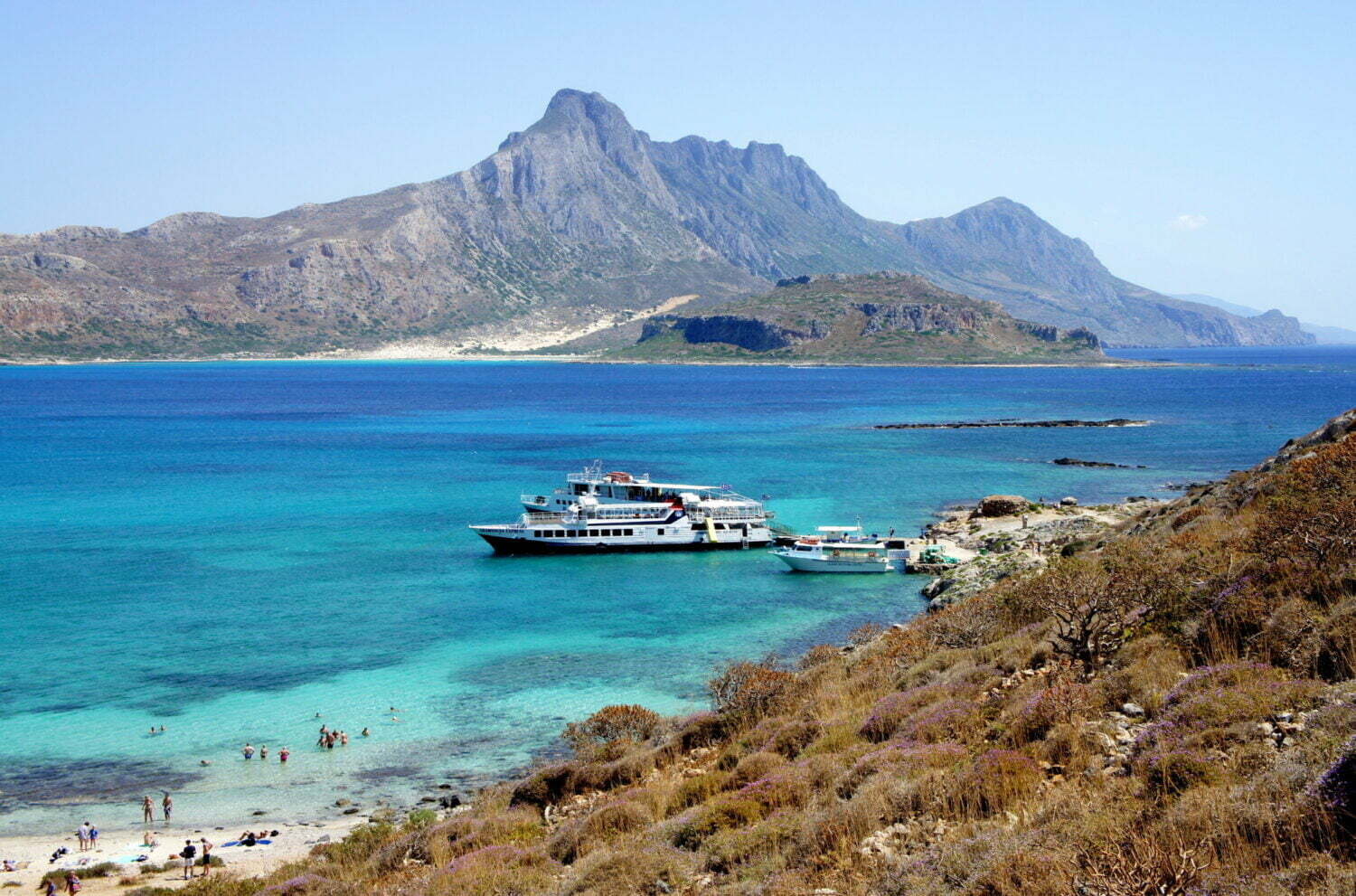
The Lagoon’s Natural Beauty
Once you reach Balos Lagoon, a sight that seems straight from a postcard will greet you. The lagoon boasts turquoise waters, contrasting beautifully with the white and pink sandy beaches. The shallow waters are warm and transparent, making it a perfect spot for swimming and snorkelling.
The lagoon is also home to a diverse range of wildlife. You might spot rare bird species, such as the Eleonora’s falcon or sea turtles, in the crystal-clear waters.
Historical Significance
Balos Lagoon isn’t just a natural wonder; it’s also steeped in history. Just a stone’s throw away is Gramvousa Island, a place that echoes the tales of pirates, battles, and ancient civilisations.
Gramvousa Island
Gramvousa Island, also known as Pirate Island, is significant in Crete’s history. In the 16th century, it became a refuge for pirates who roamed the Mediterranean Sea, giving the island its nickname. These pirates used Gramvousa as a base, launching attacks on passing ships and amassing vast amounts of wealth.
The island’s strategic location made it a coveted possession for many empires throughout history. It served as a critical outpost during the Greek War of Independence in the 19th century. Despite the harsh living conditions, the island’s inhabitants resisted Ottoman rule, contributing to the eventual liberation of Crete.
The Venetian Fortress
Dominating the landscape of Gramvousa Island is the Venetian fortress. Built-in the late 16th century by the Venetians, the fortress was a marvel of military architecture. Its strategic position, perched high on a rocky hill, allows complete control over the sea passage between Crete and Antikythera.
The fortress was designed to withstand long sieges, equipped with storerooms for food and ammunition. It also had a large rainwater tank to supply water during the dry summer months. Despite these fortifications, the fortress fell to the Ottoman Empire in the late 17th century after a three-year siege.
Today, the fortress stands as a testament to Crete’s turbulent past. Although in ruins, you can still see the remnants of the walls, the ammunition storerooms, and the chapel of Agios Markos located within the fortress. The climb to the fortress might be challenging, but the panoramic view of the lagoon and the surrounding islands from the top is a sight to behold.
Visiting Balos Lagoon and Gramvousa Island offers more than just a day at the beach. It’s a journey through history, a glimpse into the lives of pirates and soldiers, and a testament to the resilience of the Cretan people.
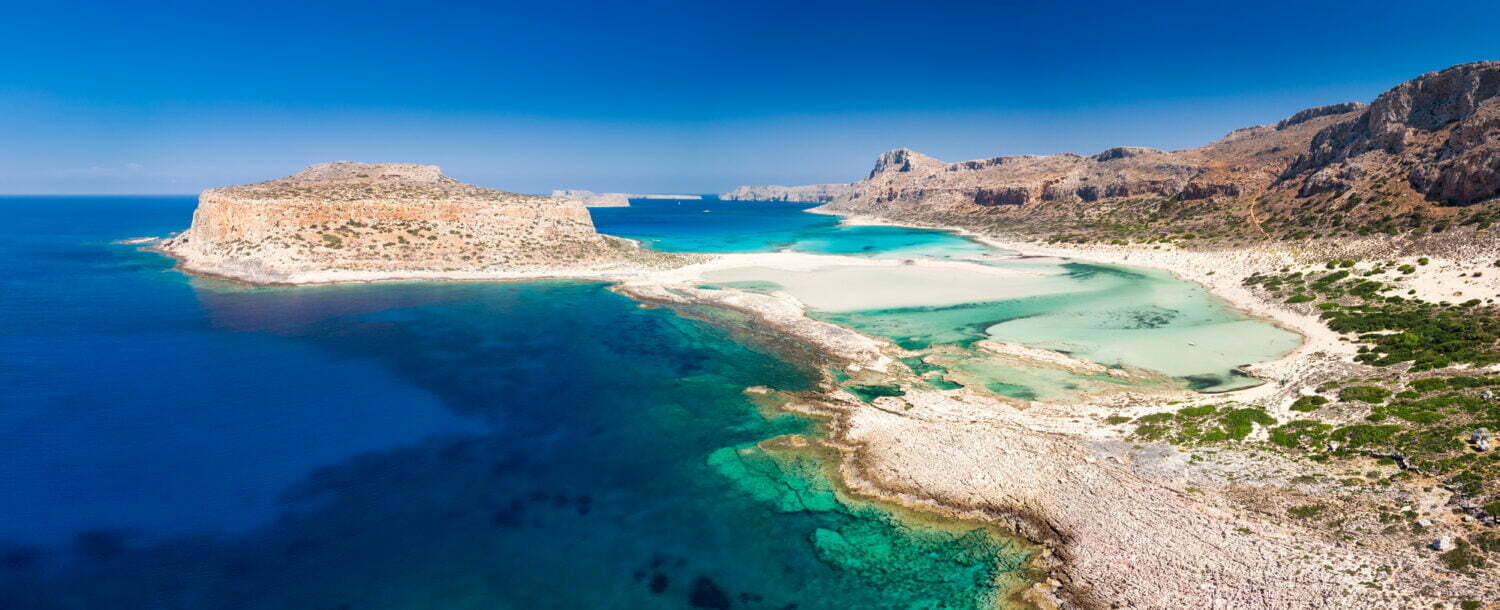
Tips for Visiting
Visiting Balos Lagoon is a must when in Crete, but there are a few things to remember to make your trip more enjoyable.
- Timing: The lagoon can get crowded during the peak summer months. Consider visiting in the early morning or late afternoon to avoid the crowds.
- Supplies: There are limited facilities at the lagoon, so bring water, snacks, and sun protection.
- Footwear: The path from the parking lot to the lagoon can be steep and rocky. Wear sturdy shoes.
- Respect the Environment: Balos Lagoon is a protected area. Help preserve its beauty by not leaving any trash behind.
Conclusion
Balos Lagoon is a slice of paradise on the island of Crete. Its stunning natural beauty, combined with its rich history, makes it a must-visit destination. Whether you choose to journey by land or sea, the trip to Balos Lagoon promises to be an unforgettable experience.
Table of Contents
Views: 58

